TIP124: ONE UP ON WALL STREET
BY PETER LYNCH
3 February 2017
In this week’s episode, Preston and Stig discuss what they learned from reading legendary investor Peter Lynch’s book, One Up On Wall Street. Lynch gained his fame as the manager of the Magellan Fund at Fidelity Investments from 1977 through 1990. During this time, he grew his fund from only $18 million to $14 billion. When looking at this growth from a annual perspective, Lynch produced a 29.2% return each year. This ended-up as the best 20 year return of any mutual fund ever recorded.
Lynch has written numerous books, but One Up On Wall Street was one of the top selling books of its time. One of the reasons the book became so famous was due to Lynch’s writing style. He keeps things simple to understand and doesn’t drown the reader in fancy terminology. Lynch is famous for teaching people to invest in what they know and understand. This is a similar concept to one of Warren Buffett’s four rules to investing as well. Lynch is also famous for saying that, “Far more money has been lost by investors preparing for corrections or trying to anticipate corrections than has been lost in the corrections themselves.” This was his simple way of saying: Don’t time the market. If you would like to read our chapter by chapter summary of Lynch’s book, One Up On Wall Street, be sure to follow the link for our free summary.
IN THIS EPISODE, YOU’LL LEARN:
- If new investors should build their portfolio around small cap stocks.
- Why there is more to it than just picking companies you understand
- How to identify a stock pick that has pricing power.
- A rather untraditional approach to identifying good stocks.
- Ask The Investors: Should a value investor invest in net-net stocks?
TRANSCRIPT
Disclaimer: The transcript that follows has been generated using artificial intelligence. We strive to be as accurate as possible, but minor errors and slightly off timestamps may be present due to platform differences.
Preston Pysh 0:51
Hey, how’s everybody doing out there? This is Preston Pysh. I’m your host for The Investor’s Podcast. And as usual, I’m accompanied by my co-host Stig Brodersen out in Seoul, South Korea.
Today we have a book for you and this one is a very, very popular book that you’ll find on Amazon. If you look for anything stock investing, Im sure this will be one of the top search results, and it is “One Up on Wall Street” by Peter Lynch. I’m surprised that we haven’t done this book up until 121 episodes thick because this one here is a pretty famous book.
For anybody that doesn’t know who Peter Lynch is. Peter Lynch retired from his position as a manager at the Magellan Fund in 1990, after one of the most successful runs in stock market history. During his remarkable 13 year run, Lynch produced an annualized rate of return of 29.2% annually, beating the market by and large by about 13.4% per year while he was running this fund.
So the Magellan Fund was one of the best performing mutual funds in the world between 1977 and 1990. And if you had invested $10,000 on the first day that Peter Lynch took over, and you would have sold that position when he left, you have had $280,000 just in that short amount of time.
So the stuff that Peter Lynch knows to produce those kind of results is fairly profound. So this book “One Up on Wall Street” is a fantastic book, I have to tell you. So I read a Peter Lynch book probably 12 or 15 years ago. It is actually one of the first investing books that I kind of dove into when I was first learning. And I read the hardback the first time. This time, I want to refresh myself on the book. So I downloaded the Audible version and listen to the Audible version. And to be honest with you, I didn’t really care for the Audible book on this one, because the abridged version was really short. I mean, it was almost like none of the content was even there. How long was it, Stig, like two hours or something?
Stig Brodersen 2:46
Yeah, something like that.
Preston Pysh 2:48
I didn’t really feel like it got the essence of the book very well. I think it left out a lot of information. So as I was preparing, I grabbed my old copy of my Peter Lynch book, and I was taking some notes from there as we’re going to discuss some of the stuff today. If you’re going to get the Audible version usually I’m a huge proponent of using Audibles, this is one that I’d probably tell you to not buy the Audible and go with the actual hard copy of the book.
Stig Brodersen 3:13
I also just want to put it out there before we dig into the different chapters and different sections that it’s really a good book for beginners. I think that’s important also to understand, like sometimes when we’re saying, “Well, it might be a bit simplistic.” Or not just because we’re only referring to the Audible version here. But it’s also because if you’re really new to stock investing, this is probably one of the books that you should start reading. It’s very well written, it’s very easy to understand and it’s built step-by-step. So I’m a huge proponent of this type of teaching-writing style. So I think most people would, if they’re new or if they have less than a year of experience in stock investing, I think this book would be good to pick up.
Preston Pysh 3:55
Yeah, I totally agree with that. His writing style is very easy and fun to read. So, this is what I’ll tell you about this book that I think anytime you talk to somebody about Peter Lynch, they’re gonna say this phrase, they’re gonna say, “Oh, yeah, his big thing is that you invest in what you know, and that you kind of go to the mall. And if you see a company that you like, call it, like, right now let’s say you go to a restaurant like Chipotle and you like Chipotle, that you should invest in that company.” That’s what a lot of people will summarize with his books.
What I did before we started recording this is I did a little research on what Peter Lynch is doing today, because you don’t really hear about Peter Lynch anymore. It’s just like he disappeared from the face of the earth. This was a really interesting article that came out in the Wall Street Journal just a year ago. I’m gonna read some of the parts from this.
HELP US OUT!
Help us reach new listeners by leaving us a rating and review on Apple Podcasts! It takes less than 30 seconds and really helps our show grow, which allows us to bring on even better guests for you all! Thank you – we really appreciate it!
BOOKS AND RESOURCES
- Peter Lynch’s book: One Up On Wall Street – Read Reviews for this book.
- Peter Lynch’s book: Beating The Street – Read Reviews for this book.
- Tobias Carlisle’s book: Deep Value – Read Reviews for this book.
NEW TO THE SHOW?
- Check out our We Study Billionaires Starter Packs.
- Browse through all our episodes (complete with transcripts) here.
- Try our tool for picking stock winners and managing our portfolios: TIP Finance Tool.
- Enjoy exclusive perks from our favorite Apps and Services.
- Stay up-to-date on financial markets and investing strategies through our daily newsletter, We Study Markets.
- Learn how to better start, manage, and grow your business with the best business podcasts.
P.S The Investor’s Podcast Network is excited to launch a subreddit devoted to our fans in discussing financial markets, stock picks, questions for our hosts, and much more! Join our subreddit r/TheInvestorsPodcast today!
SPONSORS
- Support our free podcast by supporting our sponsors.
PROMOTIONS
Check out our latest offer for all The Investor’s Podcast Network listeners!













